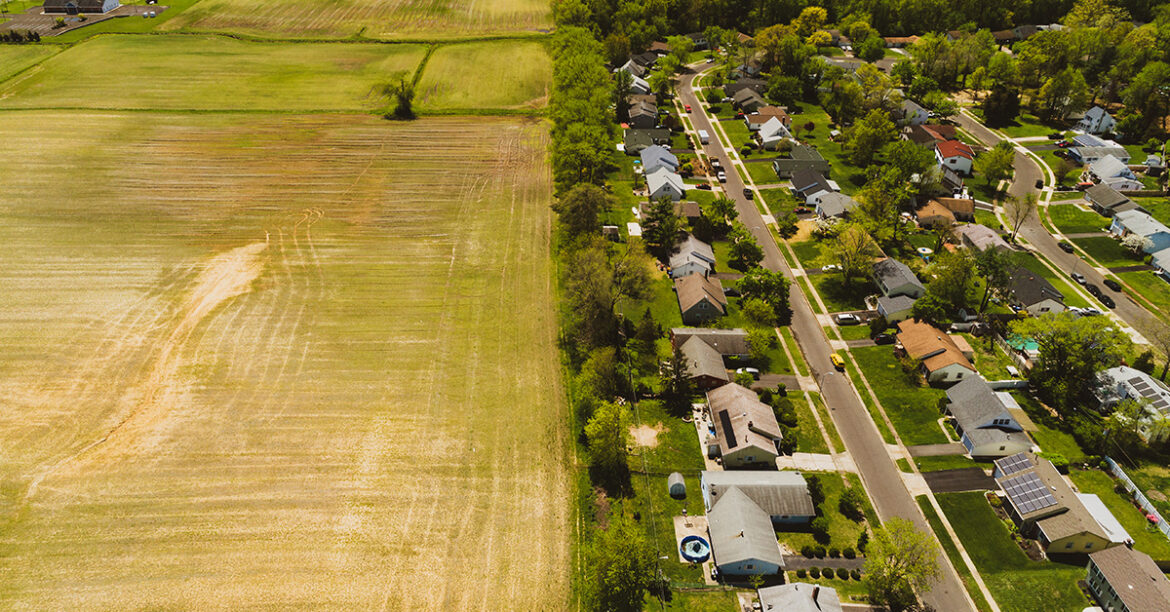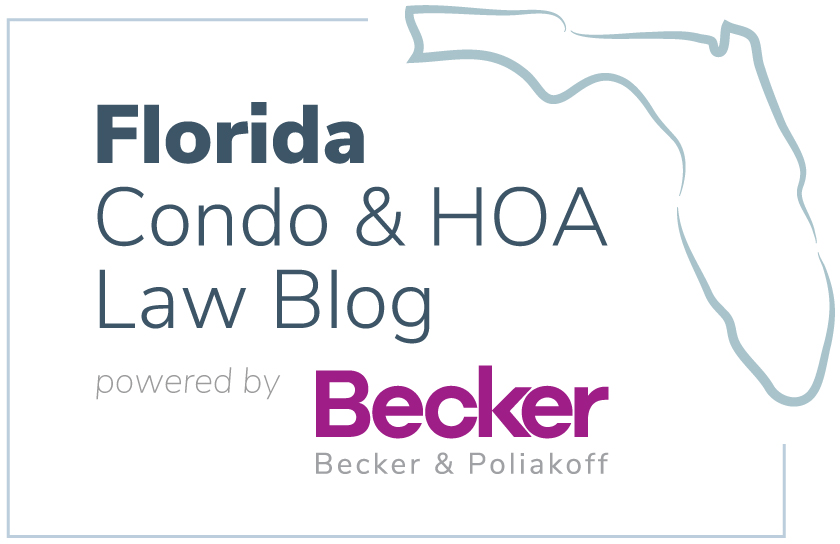
Zoning laws are enacted by villages, towns, cities, or counties to control the types of uses and the parking ratio, intensity, density, and dimensions of those uses. This is for the purpose of preserving property values, managing growth, preserving the character of a community This facilitates the adequate provision of transportation, and promotes public health and welfare. Through zoning, local government regulates what a community association can do with its association property and what a private unit or parcel owner within a community association can do with their own property. Beyond zoning, other types of entitlements (or legal rights conferred by approvals from governmental entities to develop real property, such as variances, special exceptions, conditional use permits, utility approvals, and development order approvals) are also at play.
Individual communities are approved by the local governing body in different ways (e.g., via a site plan approval process or master planning process that may have included other applications such as a rezoning, plat note amendment, variance, conditional use permit, easement, development agreement, or development order) and the prior approvals may restrict a community association’s ability to make alterations to its property. For example, converting tennis courts to pickleball courts, adding a pool, increasing the number of parking spaces, or removing trees, may violate the property’s zoning and development standards or other prior approvals. This could result in costly code enforcement actions initiated by the governing body.
For these reasons, it is important for community associations to understand what is permissible on their property (and in or on individual units or parcels, respectively) and, should it wish to make changes to its property, what zoning or permitting relief would be required (e.g., an amendment to its existing zoning approval or development order).
The first step in researching your zoning and entitlement history is to confirm whether the property is governed by an incorporated village, town, or city, or the unincorporated county. Once you confirm which governmental authority regulates your community’s land use and zoning, you may stop in or call its local zoning office and ask for a copy of all ordinances, resolutions, and other approvals that apply to your community. You may also check your village, town, city, or county homepage to see if these materials are readily available electronically. However, analyzing zoning regulations and entitlements, depending on the complexity of a community’s development history and the community’s age, can be overwhelming. There may have been dozens of amendments over many years, as well as many changes in the government staff, that has broad discretion to interpret the regulations, since the time the community association was first approved. This can make it difficult to find a definitive answer as to what is permitted and what is prohibited.
It is recommended that community associations consult with a knowledgeable land use, zoning, and local government attorney to analyze the zoning regulations and entitlements that apply to their property and its members and to confirm if desired uses or improvements are permissible or if additional relief from a governmental entity is required before proceeding.


